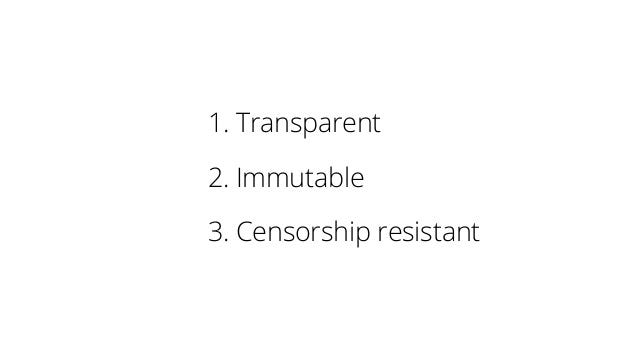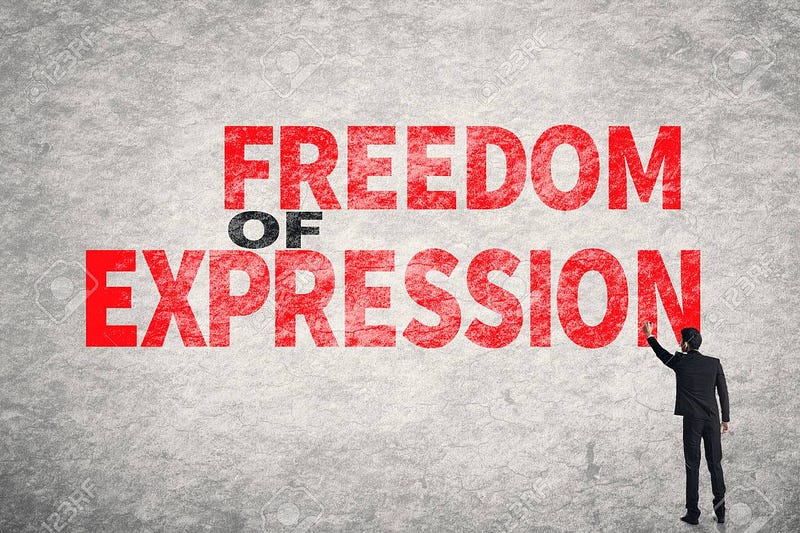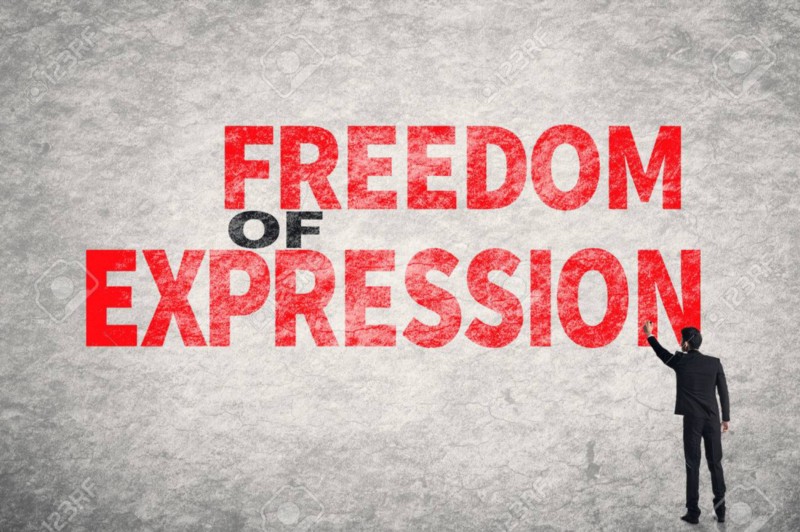There are those out there who try to explain how Bitcoin is about censorship resistance. Primarily, the same people are associated with the fraudulent scam BTC, that is, the airdrop-altered fork of Bitcoin code designed to confuse the ignorant investor.
Let’s explore the issue in the lie that is propagated with BTC.
One of the greatest features of a decentralized blockchain is censorship resistance. With the money in your bank account, a third party has control over where and when you can send it. With Bitcoin, you can send money to whatever address you like without fear of government interference. However, freedom is not the natural order of the world. The fight against oppression and censorship is a constant battle. While Bitcoin has an important history of circumventing censorship, we’ll look at the omnipresent threats against the cryptocurrency and its level of resistance.
The claim is clear: those in Bitcoin Core seek to say how they circumvent censorship and allow anything. It is absolutely false.
BTC was eroded the first time a “soft fork” was allowed. There are no forks in Bitcoin. The security of Bitcoin is based on a stable protocol.

Bitcoin is a system based on a stable protocol. It is secure as long as the protocol is sound and does not change. Against such a protocol of course goes the attack that those seeking to alter Bitcoin have used. But really, they have not attacked Bitcoin; rather they have fooled people not familiar with Bitcoin into believing that an airdrop copy of another system is Bitcoin. And the airdrop copy is what resulted in BTC (Core).
As I explained when I wrote the white paper:
If a greedy attacker is able to assemble more CPU power than all the honest nodes, he would have to choose between using it to defraud people by stealing back his payments, or using it to generate new coins. He ought to find it more profitable to play by the rules, such rules that favour him with more new coins than everyone else combined, than to undermine the system and the validity of his own wealth.
Importantly, when we consider an attacker with more hash power in Bitcoin, even if the attacker manages to accomplish gathering more than 50% of the network (by mining hash power) under his control, it does not throw the system open to arbitrary changes, such as creating value out of thin air or taking money that never belonged to the attacker. Nodes are not going to accept an invalid transaction as payment, and honest nodes will never accept a block containing them. An attacker can only try to change one of his own transactions to take back money he recently spent.
No node in the Bitcoin network, no miner nor merchant, and certainly no SPV system will accept an arbitrary change. The protocol is set in stone.
The only way that Bitcoin can express censorship resistance is to have a stable protocol. With a stable protocol, what may be temporarily censored today, for whatever reason, can always be replayed later.
A stable protocol is important; a signed transaction remains valid in Bitcoin. Such is not the case when the protocol changes. The introduction of changes to the protocol means that a transaction that is currently valid may not be valid later. A transaction signed for a future date using nLockTime in Bitcoin will remain valid not only now but a decade or 100 years from now. As soon as the time specified in the time lock has been reached, the blockchain will accept the transaction. In the worst addition and breach of the Bitcoin protocol, P2SH, such an insecure alteration allowed miners to be taken out of the equation. The contents of a transaction using P2SH can now not be checked and validated. Consequently, transactions that are invalid may easily be incorporated into the blockchain. More importantly, transactions that are valid can be made invalid.
Changes to the protocol leave transactions that are already on the blockchain to be marooned in a way that they cannot be later spent. For instance, if a transaction is incorporated into the blockchain using an opcode that is currently valid but which is later considered not to be valid, the transaction cannot be parsed by miners until the payment receipt is sent, which may occur at a time after a soft fork has already invalidated the contents of the transaction.
For a transaction to be censorship-resistant, it must be able to be replayed now and in the future.
If you change the protocol, you can’t make the same promise. So BTC is full of censorship. Consequently, BTC is not Bitcoin, and is all about censorship. Every time you change the protocol, you censor a transaction. There is no way to tell which transactions may or may not be valid anymore because of the addition of pay to script hash (P2SH), and worse, in the doppelgänger copy of Bitcoin, BTC, SegWit means that you cannot determine the format of signatures or opcodes that may be there in the future.
Bitcoin doesn’t change protocol. It is why we will fix the errors in bad code that has been introduced into Bitcoin and then ensure that the protocol is locked down and set in stone as it was designed to be.

If you can change the protocol, you CENSOR a part of the transaction population. Hence, BTC is neither censorship-resistant nor Bitcoin.

